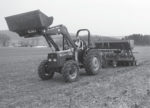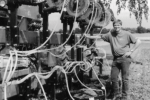What I've Learned from No-Tilling
Finding No-Till’s Weakest Link Is Essential
Having just one problem in a no-till system is enough to cause serious problems and it can happen at any time — even after 20 years of no-tilling.
Read More









